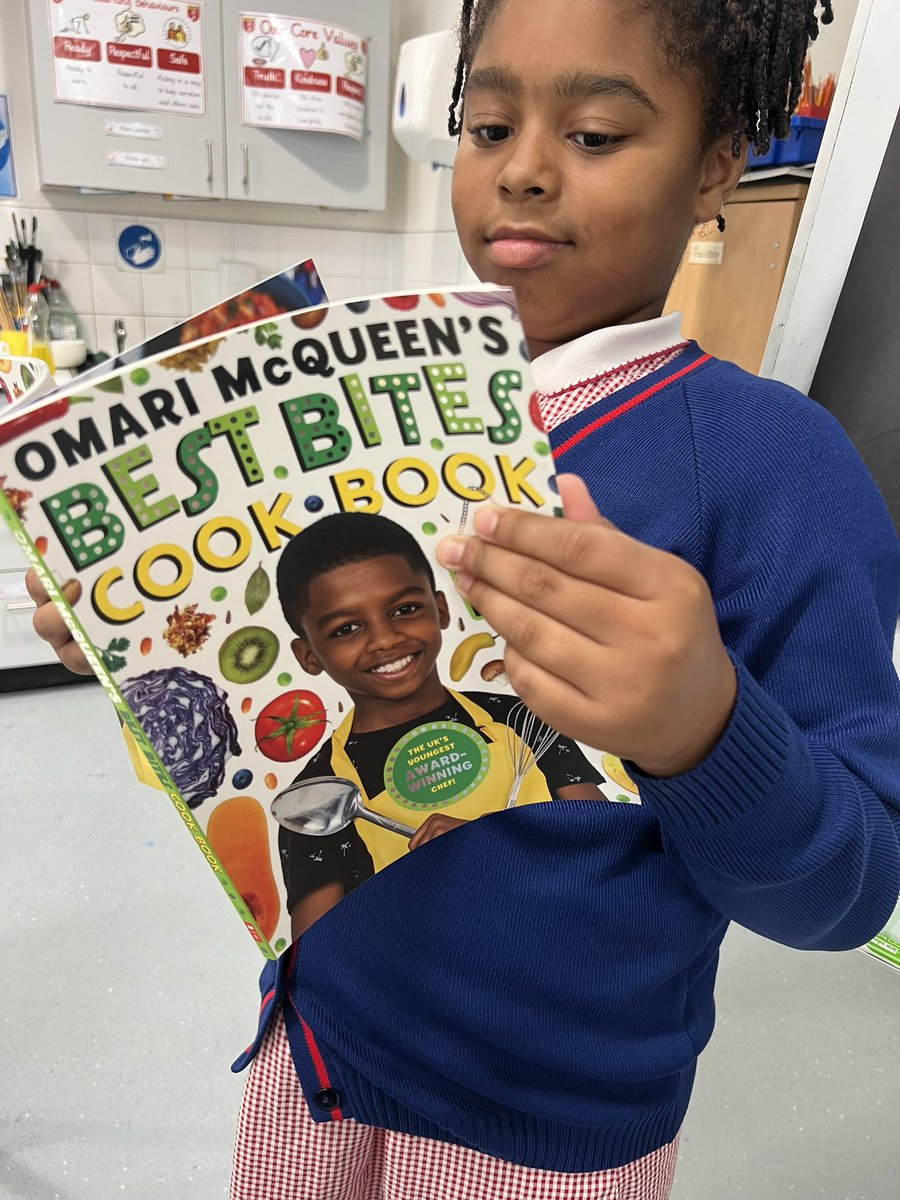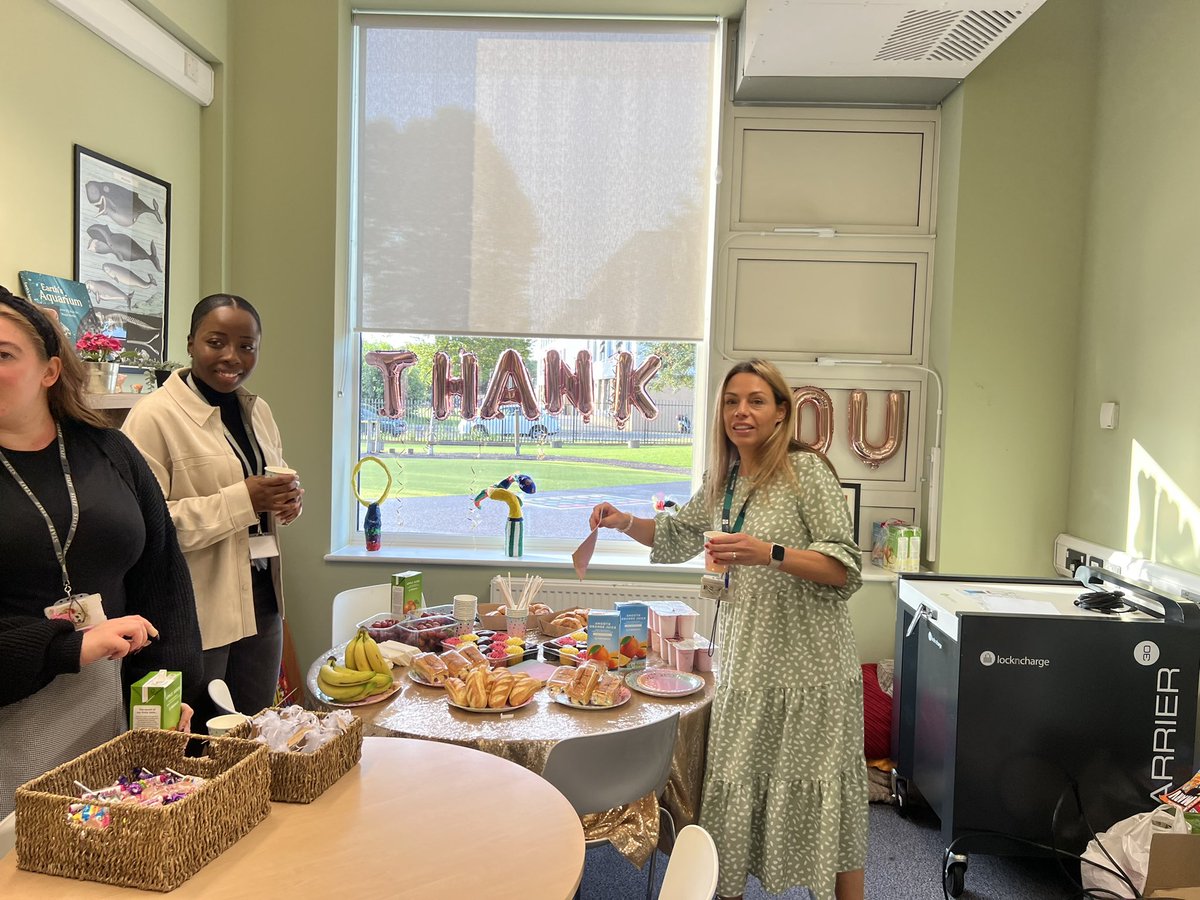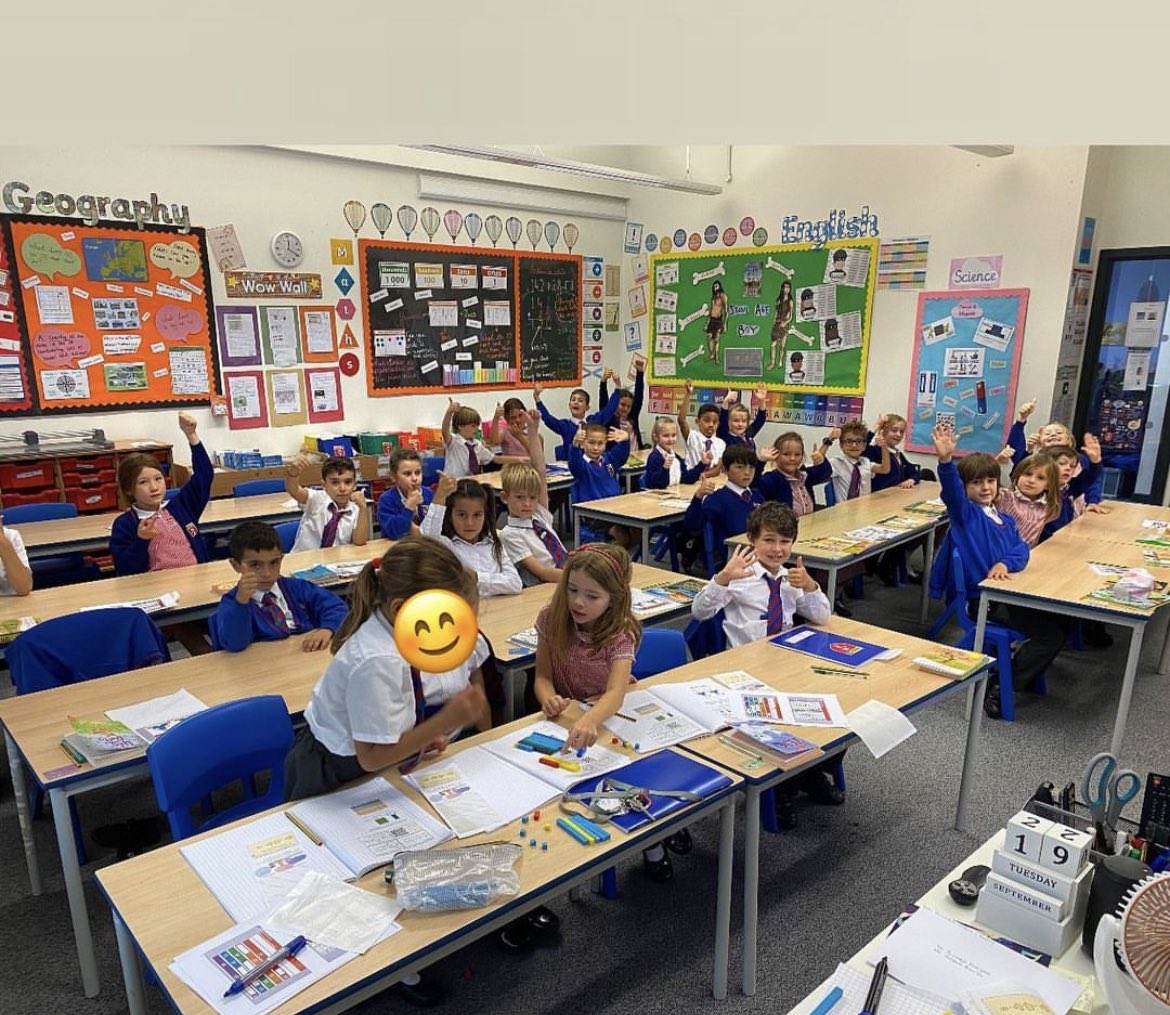Year 6
Welcome to year 6.
We hope you find the information below useful. This information will help you support your child at home with the organisation of their week and their learning at home.
Mr Strickland teaches Kestrels and Mr Baillie is the teacher in Owl class.
Key Times
|
Homework |
To read independently or with an adult at home daily (a book of choice). To complete a week reading and comprehension task. To learn 8 spellings sent home for ‘Super Sentences’. To complete 1 maths task per week consolidating the learning from the week. To engage in orally rehearsing number facts linked to HPABe Times Tables Travellers. |
|
PE |
PE days are Thursday and Friday Both classes receive 2 PE lessons each week. The children may sometimes do PE outside, so please make sure they have a warm PE kit and appropriate shoes for these sessions. |
| Boosters | Additional tutoring sessions will be offered to those pupils that need further practise with some subjects. These can be breakfast sessions or during half terms to help prepare them for SATS. |
|
Trips |
Every term we have 2 Wow days. These are an opportunity to further enrich the children's learning by taking part in workshops or going off site to visit places linked to their curriculum topics. |
|
Key Times |
For Year 6, the school day will begin at 8.40, and end at 3.35. Pupils can arrive at school from 8:30 to come in for a soft start activity. |
What are we learning?
See the curriculum map on the subject page and view our looking forward letter at the bottom of the page for more details on what the children will be covering in class.
Year 6 Curriculum
Our children are taught in line with the expectations that are set out in the National Curriculum.
Our Curriculum has been designed to ensure rigorous learning of knowledge and skills, but also to help teachers make all learning exciting, active and meaningful for children. It is a comprehensive curriculum that really engages children and gets them interested in the world around them. Learning with our curriculum takes a global approach by helping children to connect their learning to where they are living now, as well as looking at the learning from the perspective of other people in other countries. The curriculum also emphasises the history and culture of Britain and promotes fundamental British values
Handwriting
Year 6 continue to be taught to write using specific joins and break letters. We use the Morrells scheme to support out children in forming letters and joins correctly. We believe that this promotes flow and speed and supports the pupils' continued development of spelling. All teachers in Year 6 model this style when working with children or marking books. Once a child is a proficient writer, they will be awarded a pen licence and will begin to use a pen in their work
Writing
In Year 6, writing is taught through English lessons that use Power of Reading texts as the main stimulus. Children experience writing in all genres, using their core text as their stimulus. This means that all children have a shared understanding of the storytelling elements of writing. Wherever possible we ensure we offer children the opportunity to write for a real purpose.
Grammar, spelling and punctuation.
Discrete teaching of grammar, punctuation and spelling continues throughout Year 6, along with opportunities to develop and apply these skills within other English lessons.
How can I help at home?
One of the key ways every parent can help is to ensure that your child is at school every day and on time. Other than this, the main way you can help is by ensuring that your child reads every day, for at least 30 minutes – this can be with you, or on their own, but it is the most effective way of ensuring that your child progresses and learns outside of school. Practicing times tables frequently is vital.
Children have logins for Times Table Rock Stars and Purple Mash– please encourage them to use this frequently, as it will really help with their quick recall of mathematical facts.
If you have any questions, please talk to Mr Strickland or Mr Baillie, or you can arrange a meeting by emailing the office.






















